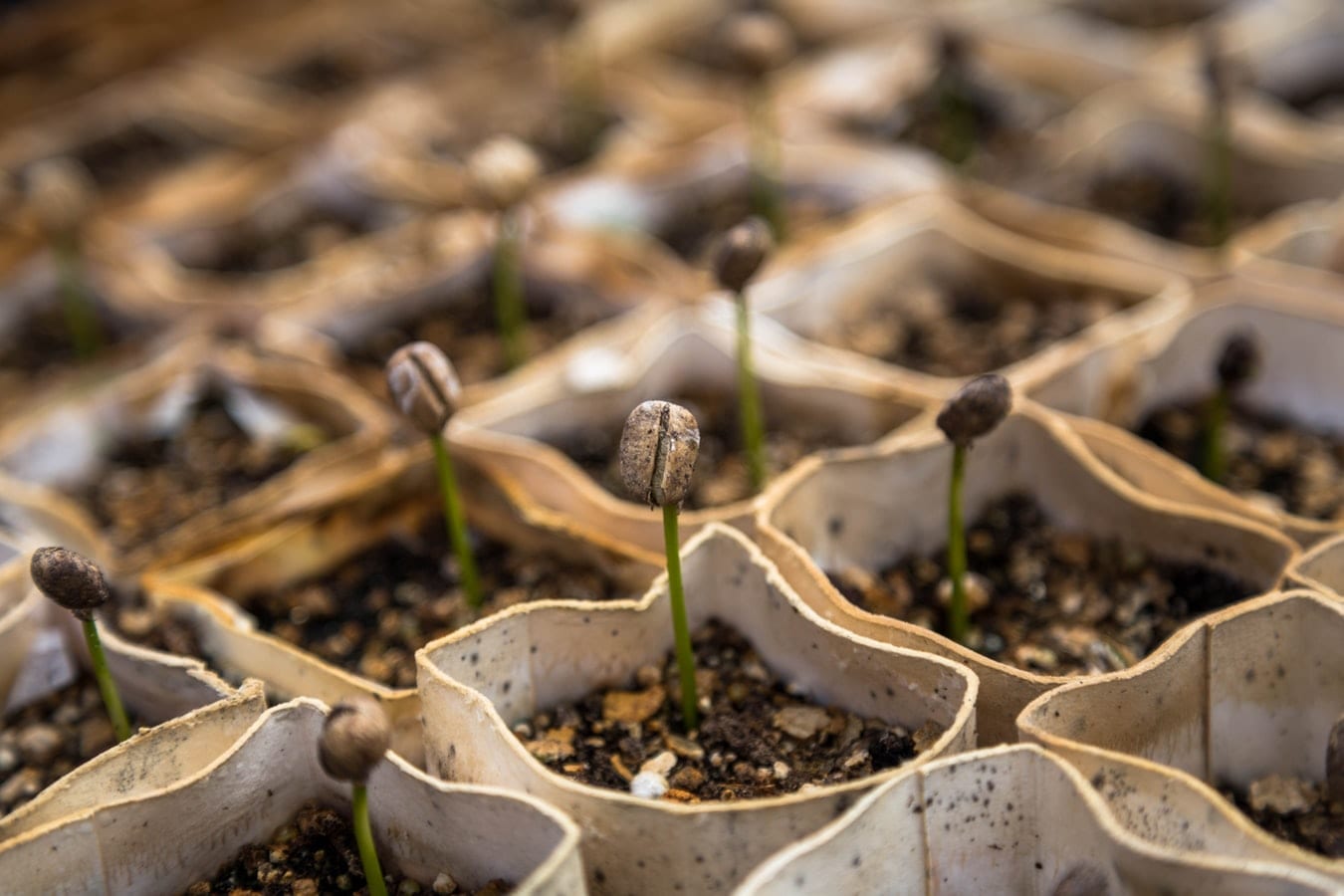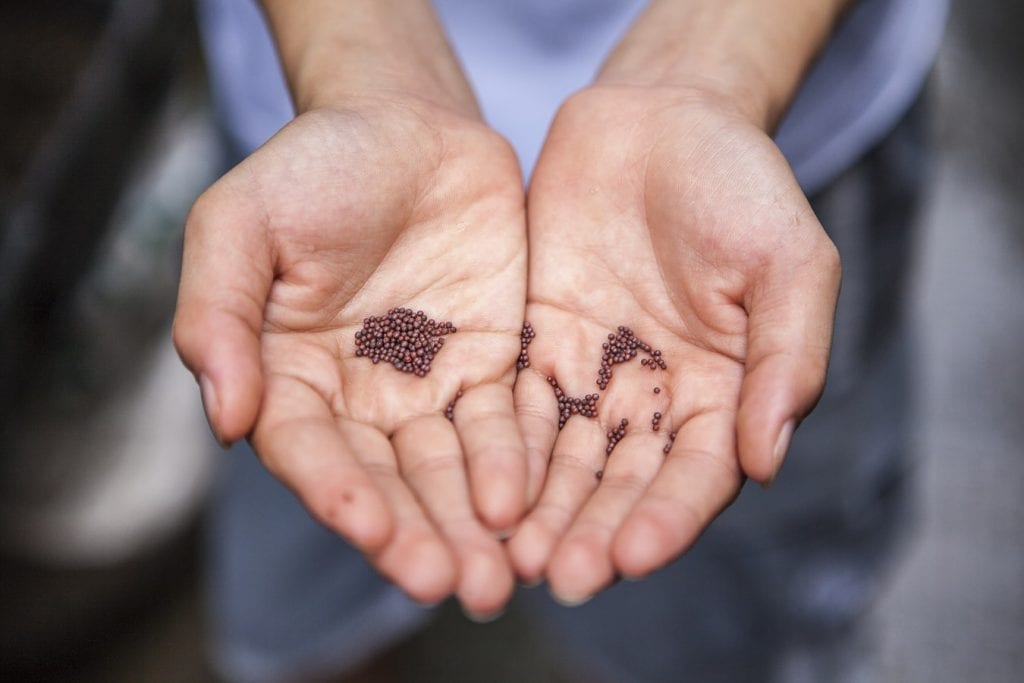No products in the cart.
Agriculture
How to store seeds properly
Ensuring a good standard of excellence in vegetable production goes far beyond promoting the best physiological, physical, and health care for plants. Special attention is needed when storing seeds, as inadequate conditions can compromise all the beneficial properties added to them during cultivation.
Whether in the commercialization of the product or the maintenance of their own stocks, it is a fact that no producer uses the seeds right after the harvest. Therefore, maintaining the recommended care to store them is essential, mainly because it allows the maintenance of their quality for long periods.
Next, see everything to take into account when storing seeds!
Perform a drying process to store seeds
Once harvested, the seeds generally have a more humid appearance than what is considered ideal for storage.
Storing dried fruit seeds, such as cabbage, and onions, in these cases, is more practical, as it requires a much shorter drying time compared to those considered fleshy, such as tomatoes, squash, and peppers, especially in regions drier and with little rainfall.
Drying on large farms, which have greater financial resources, generally has automated dryers capable of drying seeds between 16 and 48 hours.
In smaller productions, or even in family farming, natural drying is more common, in which a white canvas is exposed to the sun, and the seeds are deposited on it. In this case, they need to be turned over constantly, kept overnight, and subjected to sunlight for at least 48 hours.
The ideal degree of humidity varies depending on the seed of each vegetable. While tomatoes require a 5.5% degree, for example, onions and watermelons need a maximum moisture level of 6.5%.
This verification, however, is done most of the time manually. To do this, just press the seed. If it breaks easily, it’s already dry. In harder seeds, the nail is pushed on its surface. When no mark appears, they are also ready!

Subject each type of seed to a specific treatment
Just as many organic or chemical products are used during the cultivation of vegetables to protect them from external agents, to store seeds, it is often necessary to subject them to certain types of treatments.
Different products to combat insects, woodworms, and other pathogens can be found in specialized stores, but you need to pay attention to the specific needs of what you are growing.
It is also essential to respect the doses indicated by the manufacturer for each type of vegetable and follow all safety standards to avoid problems for the health and safety of producers and consumers.
Another essential care is always to have the supervision and follow the guidance of a technician specialized in the area, to ensure the best possible standard of treatment, benefiting the product quality responsibly and in alignment with legal requirements.
Ensure its correct packaging and ideal storage conditions
Far beyond the transport and sale of seeds, the packaging is also an essential agent for storing seeds without loss of quality.
The types of packaging also vary according to each kind of seed. As much as those impermeable ones are the most suitable, seeds with a high degree of humidity may have their deterioration accelerated in them, requiring packaging in permeable materials.
The relative humidity of the air and the temperature of the environment in which the seeds are allocated directly affect its metabolism. Very hot temperatures accelerate your respiratory activity and, consequently, also your deterioration process.
The most recommended is that the place is always dry, cool, and with a low incidence of light to store seeds. In this sense, platforms and shelves are also important, since stocks in contact with the floor favor the absorption of moisture.
In commercial environments, it is necessary to keep the seed stock away from products such as pesticides and fertilizers so that eventual contamination does not occur.
And did you know these measures to store seeds more efficiently yet? Do you already take all these precautions on your property? So leave your comment and contribute to the subject! Then, see more content from our blog.


